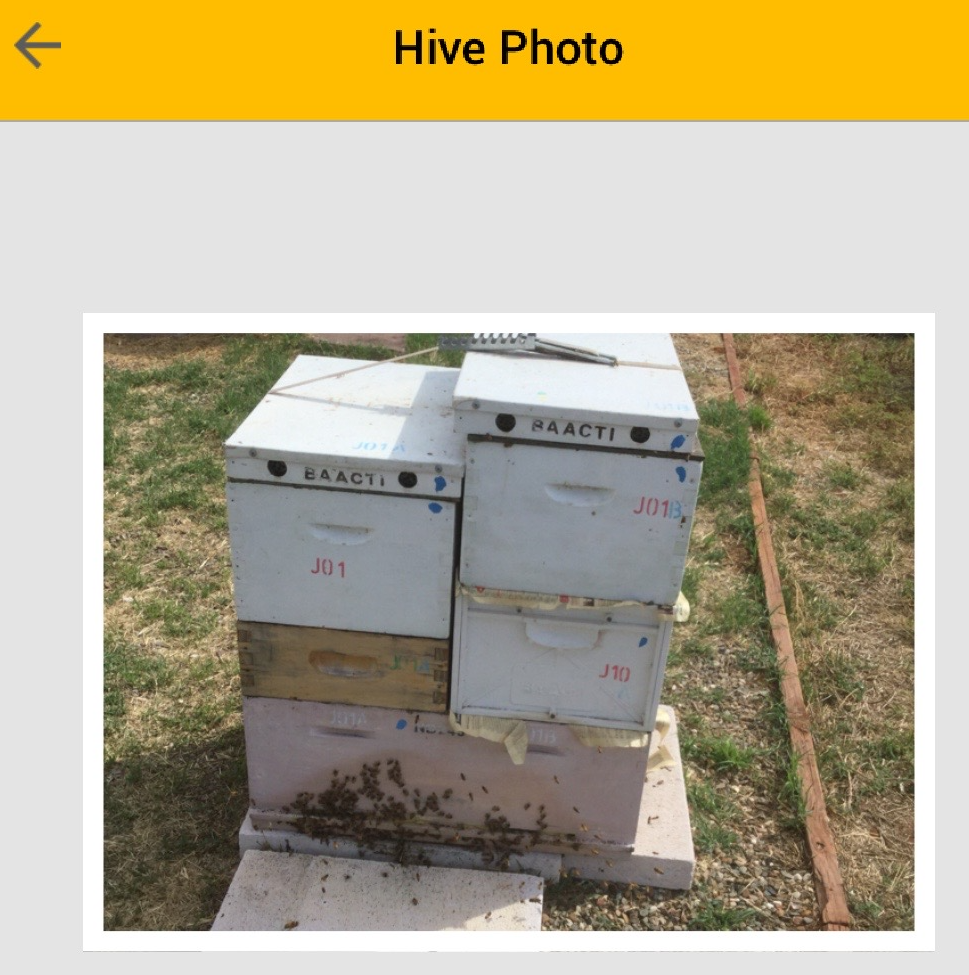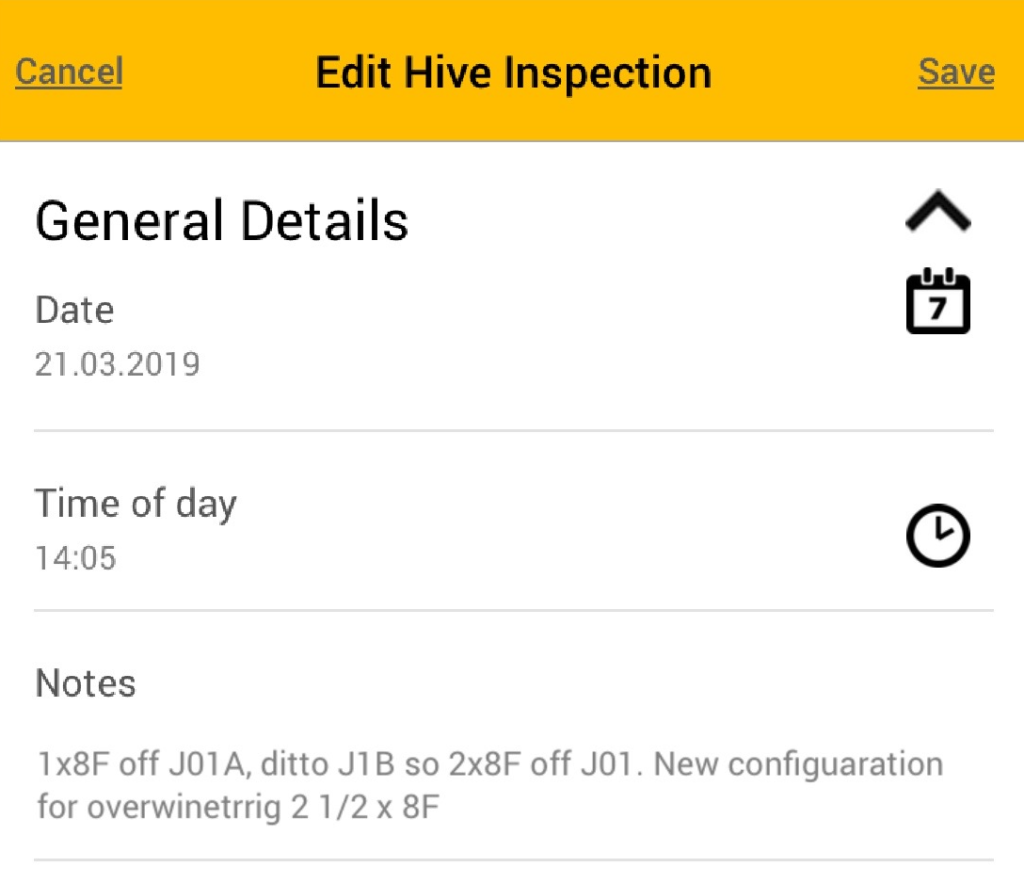Alan Wade
As individuals, we all experience collective amnesia whenever it’s time to decide what to do next. We muddle along, sometimes making ill-advised choices, if not first overtaken by events. Bees are somewhat different. Their ability to adjust and adapt – especially given a good run – and in an organised way is nothing short of astounding.
So what can we say about what bees are up to at any given point in time? At the hive level, and within a matter of weeks, honey bee numbers may explode or may suddenly collapse. Think of those massive Himalayan Cliff Honey Bee (Apis laboriosa) hives. Contemplate these whopper colonies, each comprising a giant single comb that may sport 100,000 oversized bees built each year from scratch, and you will get the drift.
Positive changes to honey bee colony condition may be attributed to favourable environment conditions and a young queen while failures may be put down to queen problems, stores running on empty or bees succumbing to disease or predation. Without recourse to records based on keen observation, shifting bee fortunes can be hard to fathom.
This brings us to the matter of practical record keeping. Not having good notes is a bit like arriving at the supermarket without the shopping list or trying to run a business without books and a ledger. Either way you will miss out big-time. This all brings to mind the wonderful adage:
Its amazing how everything is so different now that everything has changed.
The greatest leap forward one can make as a beekeeper is to keep full and detailed notes of what you observe. Let’s explore how keeping a tab on your bees might improve your beekeeping acumen. Firstly having ready access to really good records teaches you how to read your bees. It allows them, the bees, to tell you how they are faring.

Source:https://upload.wikimedia.org/wikipedia/commons/b/ba/Charles_Napier_Hemy-Telling_the_Bees.jpg
Let’s say you practice marking all new queens and you open a hive only to find an unmarked queen. You refer to your notes to discover that you put in new queens a couple of springs back, just a tad too long ago. Your records also show that the hive in question had always done particularly well and that you’d seen the queen on several occasions. Now she was gone. You can almost hear the bees saying:
‘Hey, we’ve replaced that marked queen you installed the year before last. We reckoned she was no longer up to scratch so we kicked her out (we know you didn’t carelessly squash her) and we beat you to it and put in a newbie’.
Having reliable records is a also a great way to plan for that backyard or larger paddock inspection before even contemplating lifting a hive lid. Here’s a list of things you might usefully jot down well at least for Langstroth hives:
- details of spring and autumn disease inspections;
- number of frames of honey and pollen present;
- number of frames of brood and bees;
- requeening information including date of introduction, race, source and queen breeder as well as any queen marking colour;
- actions taken to reduce brood-nest crowding;
- records of supering to provide nectar ripening and honey storage space;
- summer and end of season harvesting records;
- supers removed to reduce colony size for effective overwintering; and
- numbers of crook and old frames clearly marked or removed.
So is keeping records actually useful? Way back in the 1930s Clayton Farrar came up with this amazing chart of bee populations in different systems of bee management. He could not have come up with such findings without having kept meticulous notes publishing much into the 1960s.

Source:
Farrar, C.L (May 1946).
Two-queen colony management,
United States Department of
Agriculture
In practice, of course, you won’t want to be bothered with so much detail. However, if having strong bees and getting lots of honey is your goal, then keeping records will help alert you to adding supers, extracting honey and preventing swarming. Keeping decent records gives you the actual rather than guessed state of your bees so there is madness in the method when it comes to collecting useful information.
Here is my mind map of things to keep an eye on:
(a) understanding that colonies with old queens (>12-18 months) are far more swarm and supersedure prone;
(b) being aware that hives caught short of stores at any time will either starve or end up with low numbers of short-lived, undernourished bees;
(c) knowing early season bees without enough brood space or clogged with honey will cease work and prepare to swarm;
(d) being cognisant of the fact that removing gear at the end of the season will avoid bees having to heat unused real estate;
(e) overwintering bees with a full box of honey will save you having to check them again till early spring;
(f) conducting regular disease checks is pretty important to head off stress-induced chalkbrood or EFB flareups;
(g) recognising that a few hives very well kept will produce twice as much honey as bees never requeened and only checked once or twice a year; and
(h) having past experienced AFB is good reason to establish a barrier system and to be very wary of spreading disease.
Best ways to keep records
How you keep records is really a personal choice but it does require consistent and concerted effort.
Paper records well kept are fine. For a complete hive inspection form check out the club Colony reporting sheet on the club website at https://actbeekeepers.asn.au/wp-content/uploads/2018/04/BAACTI-Colony-Inspection-Sheet.pdf
However always transfer any clipboard records to something more permanent like a dedicated notebook or to a hive app. The club uses HiveKeepers and it’s a record system hard to fault though I’ve found it a little clunky to navigate and it does overcrop images on Apple devices. Records are reliably stored and secure but you do need an internet connection to upload and view information.
HiveKeepers has great facility to store almost anything about your bees that you might think useful. Importantly, it has done most of that pre-thinking for you so it’s useful to novice and experienced beekeeper alike. For example it provides stand alone check menus for bee health (diseases and pests), brood status, stores, honey, wax and pollen harvested, queen provenance and more. You can add photos and it has facility to create ‘hive setups’ to which you add and subtract supers, excluders, screens… Inspections are sorted by date and time and the app uses Google maps to fix your apiary location.
Perhaps its greatest strength is that is has the smarts to allow you to operate the way you want to. I choose to work at the hive or apiary level, but a beginner can log records down to the level of the individual brood frame.



Typical quick club record showing hive image, bees in full cry in January and early close down in late March
Having dutifully stored and having past records at hand while working your bees makes using a beekeeping app as an extra hive tool a no brainer. An endearing feature of Hivekeepers is its recent deployment of a desktop portal that allows you to print off summary reports.

Be the first to comment